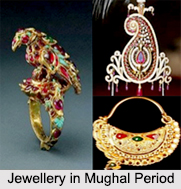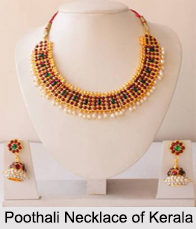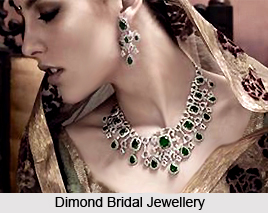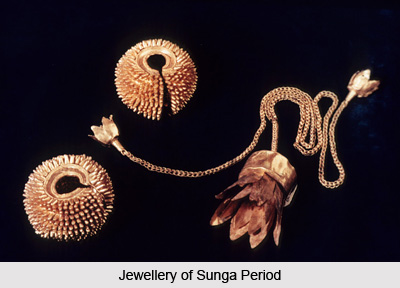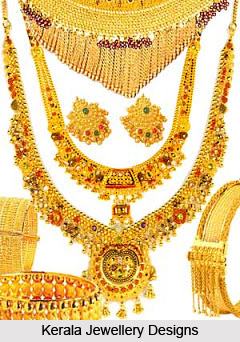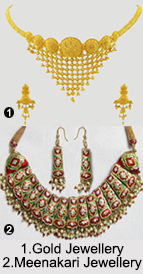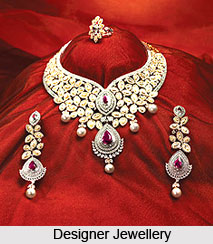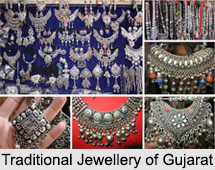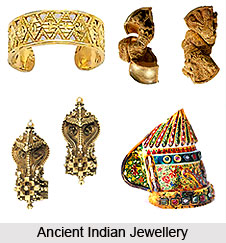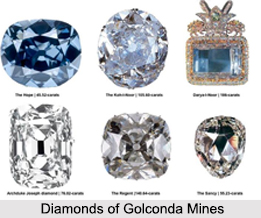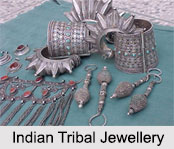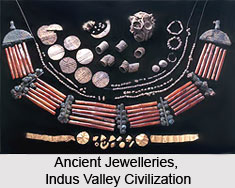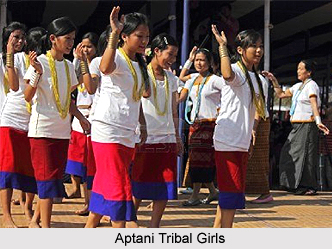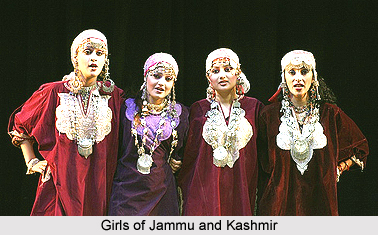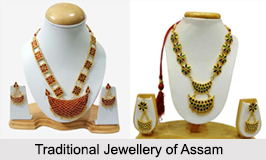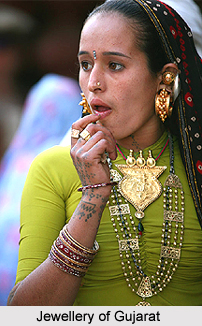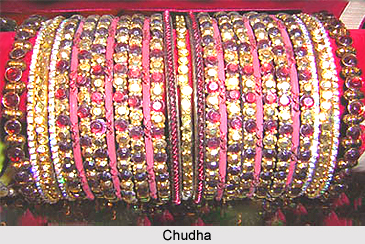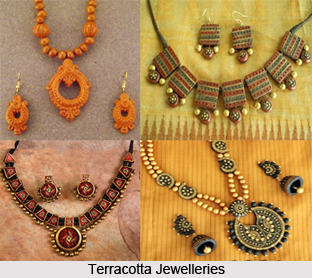 Terracotta Jewellery in India is one of the oldest forms of jewellery in the world. Terracotta is an Italian word that means "cooked earth" and is made from natural clay, giving it a reddish brown color. It may be glazed for durability or to add color. Being water proof and sturdy, several ancient sculptures in this clay are still intact. It was used traditionally to create figures of deities on festive occasions and ceremonies besides its use in jewelry and handicrafts. The temples of Bishnupur, Murshidabad, Birbhum and Hooghly in West Bengal are superior examples of terracotta creativity. They are available in beautiful color combinations.
Terracotta Jewellery in India is one of the oldest forms of jewellery in the world. Terracotta is an Italian word that means "cooked earth" and is made from natural clay, giving it a reddish brown color. It may be glazed for durability or to add color. Being water proof and sturdy, several ancient sculptures in this clay are still intact. It was used traditionally to create figures of deities on festive occasions and ceremonies besides its use in jewelry and handicrafts. The temples of Bishnupur, Murshidabad, Birbhum and Hooghly in West Bengal are superior examples of terracotta creativity. They are available in beautiful color combinations.
History of Terracotta Jewellery
Its history dates back to the Harappa and Mohenjodaro civilization. There have been several ornaments like earrings, ear studs, necklaces, pendants, bangles and bracelets found by archaeologists. Clay bangles found in Harappa were coloured and well polished. Many terracotta figurines also have been unearthed that had elaborate depictions of artistic jewellery. The designs were mostly inspired by nature and depicted animals, leaves, flowers and then moved on to traditional motifs and elaborate patterns.
Designs of Terracotta Jewellery
Terracotta jewellery has a rustic and a very earthen appeal. It is in vogue as an accessory with the traditional as well as the contemporary casual wear. The products include necklaces, chokers, earrings, bracelets, bangles, danglers and pendants.
Today the terracotta jewellery makes exotic dressing style when worn with the traditional nomadic or tribal dresses. In the rural and tribal societies the earthen ornaments like necklaces, bracelets, pendants, and chokers were quite commonly used. They create elegant and rustic appeal. They can take up various earthen colors of pink, red, green, indigo, rust or grey. The traditional shapes can be animals or the tribal gods or a more contemporary look can be given by using abstract shapes and designs.
Process of Making Terracotta Jewellery
Terracotta fashion jewellery can be moulded by hands. Different rough and glazed finishes can be given in terracotta jewellery. They are painted, carved or embedded with stones or beads and embossed with patterns. The finished product of different locations takes up different finishes.
The process involves purifying the clay, shaping and designing the wet slab. After drying it completely is fired in a kiln at a very high temperature to give it a stone consistency. When clay is fired, it can take a natural brick colour or shades of brown, pink, or even white, depending on the quality of clay. When clay is fired in the kiln with saw dust, it is burnt a natural black. It is then hand-painted in a myriad of colours to complement ethnic as well as Indo-western outfits.
